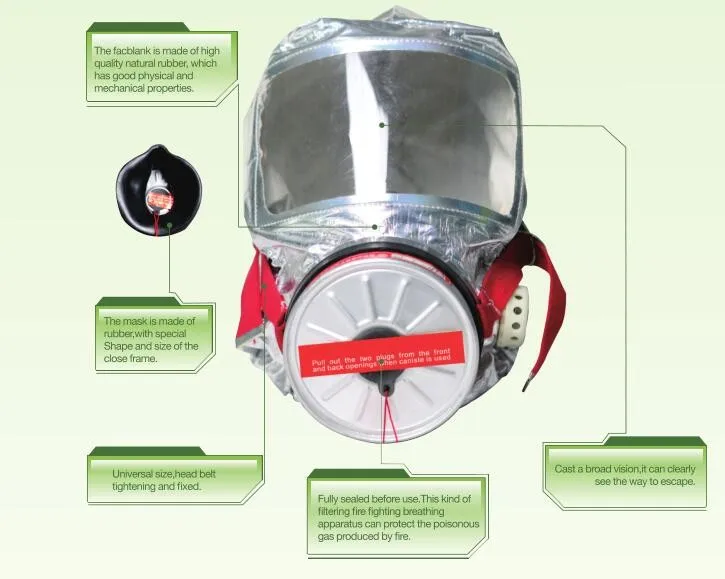


One of the codebreakers from Bletchley Park delivered the letter by hand in October 1941. So, Alan Turing and several other codebreakers at Bletchley Park went over their heads to write directly to Prime Minister Winston Churchill. Alan Turing broke the rules to write to Winston Churchill.Įarly on, Bletchley Park’s operations were hampered by a lack of resources, but pleas for better staffing were ignored by government officials. to help the Americans with their own codebreaking work. In 1941, Turing and his team managed to decode the German Enigma messages, helping to steer Allied ships away from the German submarine attacks. Turing worked to decipher German naval communications at a point when German U-boats were sinking ships carrying vital supplies across the Atlantic between Allied nations. It proved nearly impossible to decrypt without the correct cipher, which the German forces changed every day. His greatest achievement was cracking the Enigma, a mechanical device used by the German army to encode secure messages. They allowed codebreakers to decipher up to 4000 messages a day. The Bombe shortened the steps required in decoding, and 200 of them were built for British use over the course of the war.

SMOKING GAS MASK GAY UPDATE
Turing immediately got to work designing a codebreaking machine called the Bombe (an update of a previous Polish machine) with the help of his colleague Gordon Welchman. He’s credited with saving millions of lives. By one estimate, his work there may have cut the war short by up to two years. Turing began working at Bletchley Park, Britain’s secret headquarters for its codebreakers during World War II, in 1939. Alan Turing played a key role in winning World War II. Previous computers didn’t have electric memory storage, and had to be manually rewired to switch between different programs. In 1945, while working for the UK’s National Physical Laboratory, he came up with the Automatic Computing Machine, the first digital computer with stored programs. Turing’s ideas about memory storage and using a single machine to carry out all tasks laid the foundation for what would become the digital computer.
SMOKING GAS MASK GAY CODE
Turing proposed single-task machines called Turing machines that would be capable of solving just one type of math problem, but a “ universal computer” would be able to tackle any kind of problem thrown at it by storing instructional code in the computer’s memory. In 1936, Turing published a seminal paper called “On Computable Numbers”, which The Washington Post has called “the founding document of the computer age.” In the philosophical article, he hypothesized that one day, we could build machines that could compute any problem that a human could, using 0s and 1s. Turing essentially pioneered the idea of computer memory. Alan Turing is the father of modern computer science. But just who was Turing in real life? Here are 15 facts you should know about Alan Turing, who was born in London on June 23, 1912. The Benedict Cumberbatch film about his life, The Imitation Game, received eight Oscar nominations. He has been the subject of a play and an opera, and referenced in multiple novels and numerous musical albums. More than six decades after his death, Alan Turing’s life remains a point of fascination-even for people who have no interest in his groundbreaking work in computer science.


 0 kommentar(er)
0 kommentar(er)
